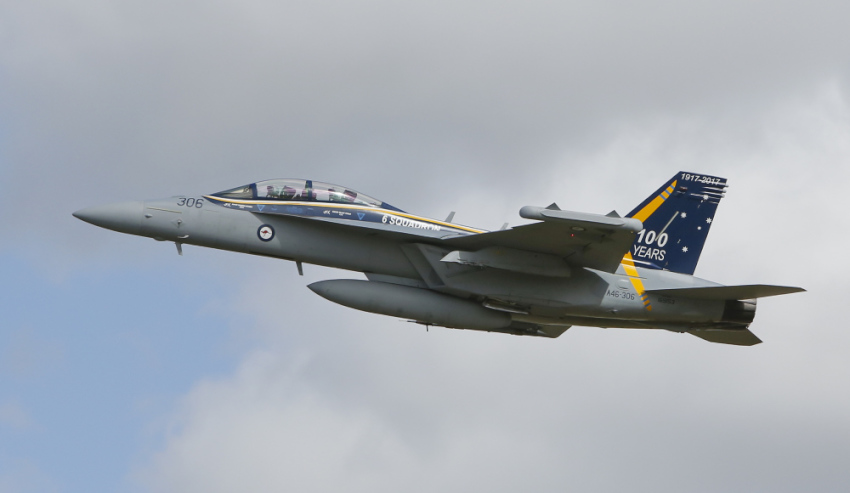Exercise Red Flag Alaska 21-3 has come to a close, with the Royal Australian Air Force finishing two-week training block with the US Air Force.
To continue reading the rest of this article, please log in.
Create free account to get unlimited news articles and more!
Exercise Red Flag Alaska 21-3, which took part between 12 and 27 August, was designed to support the integration of the RAAF and USAF in a large force employment activity, with the operation taking part from the Eielson Air Force Base and Joint Base Elmendorf Richardson.
Among the RAAF aircraft in the exercise were E-71 Wedgetail, F-35A Lightning II and EA-18G Growler assets.
Group Captain Matthew McCormack, RAAF Task Group Commander, outlined that the training enhanced the RAAF’s warfighting capabilities across multiple potential combat environments.
“Exercise Red Flag Alaska exposed crews to complex and realistic war-like scenarios to ensure they are as prepared as possible for any combat situation,” GPCAPT McCormack explained.
“It is essential that the entire team, including crews in the air and support personnel on the ground, can operate together in an austere environment seamlessly.
“Our lethality as a strike capability relies on effective integration with our partner nations, so by training together we get a deeper understanding of each other’s tactics and can capitalise on each other’s advantages.
“This occurs primarily through practice and this is exactly what we achieved during Red Flag Alaska.”
According to Colonel Taylor Ferrell, USAF Deployed Forces Commander, Exercise Red Flag was the first time Australia’s F-35 and EA-18Gs operated alongside US forces.
“Multiple United States Air Force platforms participated in the exercise, including F-35A, F-22 Raptors, F-16 Falcons, as well as F-15C Eagles from Kadena Air Base, Japan,” he said.
“The participation from both fourth- and fifth-generation assets from Australia and the United States meant we were able to integrate with some of our most high-end advanced capabilities to solve really tactically challenging scenarios.
“That's really critical for us from a warfighting capability to sustain our military readiness, not only as a nation, but as a partnership.
“This enhances our posture in the Indo-Pacific region as well as developing and sustaining the relationship between our two militaries.”
Despite the ongoing pandemic, GPCAPT McCormack outlined how such activities were critical for Australia’s deployment capabilities.
“Our priority is to maintain the health and safety of all personnel, as well as members of the community,” he said.
“This was an opportunity to test our deployment capabilities and how we can operate under contested circumstances, including the COVID-19 environment.”
[Related: Submarines sneak-up on surface ships at Talisman Sabre]

 Login
Login







